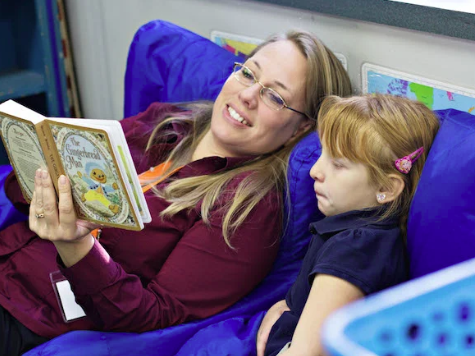In classrooms and libraries around the world, one of the most powerful tools for inspiring young readers isn’t technology or even curriculum—it’s the voice of a fellow reader. Peer book recommendations have become a valuable method for promoting reading engagement, improving comprehension, and building a culture of literacy.
Why Peer Recommendations Work
When students hear about a book from someone their own age, it comes with a unique sense of trust and relatability. Unlike formal reviews or adult suggestions, peer recommendations often speak the same language and share similar interests. A friend’s excitement over a fantasy novel or a classmate’s emotional reaction to a memoir can spark genuine curiosity that leads to more independent reading.
Boosting Motivation and Choice
Students are more likely to pick up a book when it’s endorsed by someone they know and respect. Peer recommendations give them a sense of agency and help them explore genres and titles they may not otherwise consider. This student-led discovery encourages lifelong reading habits and helps build confidence in their ability to choose what they enjoy.
How Educators Can Encourage Peer Sharing
Teachers and librarians can cultivate an environment where students feel empowered to recommend books. Here are a few classroom-friendly strategies:
- Set up a “Readers’ Wall” where students can post mini-reviews or favorite quotes.
- Host regular book talks or reading circles where students share recent reads.
- Include book recommendation slips inside classroom library books.
- Start a peer-curated book list that rotates monthly.
These simple initiatives give students a voice in the reading community and promote mutual respect for different perspectives.
Developing Communication and Critical Thinking
Beyond encouraging reading, peer recommendations foster discussion and reflection. When students explain why they enjoyed a book, they practice summarizing, analyzing themes, and connecting text to personal experience. These are essential academic skills that support literacy development across subjects.
Creating a Culture of Reading Together
Ultimately, when young readers exchange ideas about books, they are doing more than just recommending titles—they are building connections. Peer influence becomes a positive force in learning, turning solitary reading into a shared journey. The classroom becomes a place where stories are discovered together, and everyone’s opinion has value.
Conclusion
The power of peer book recommendations lies in their simplicity and sincerity. By giving students a platform to share and listen, we not only boost their interest in reading but also strengthen their sense of belonging within a learning community. It’s a reminder that sometimes, the best reading motivator is a friend who simply says, “You have to read this.”






